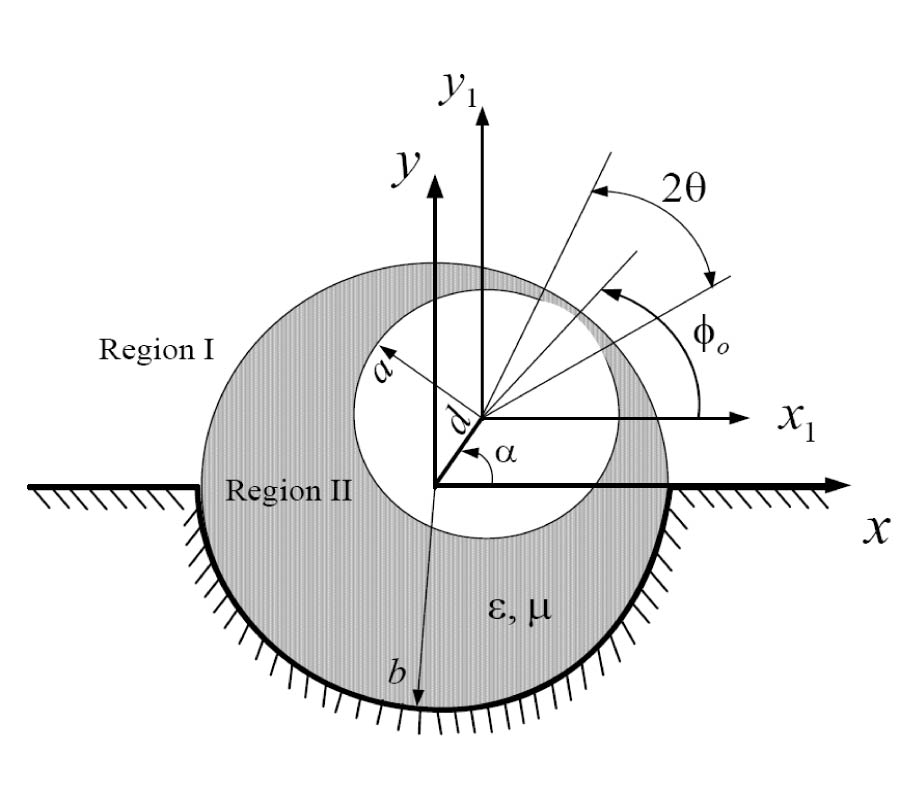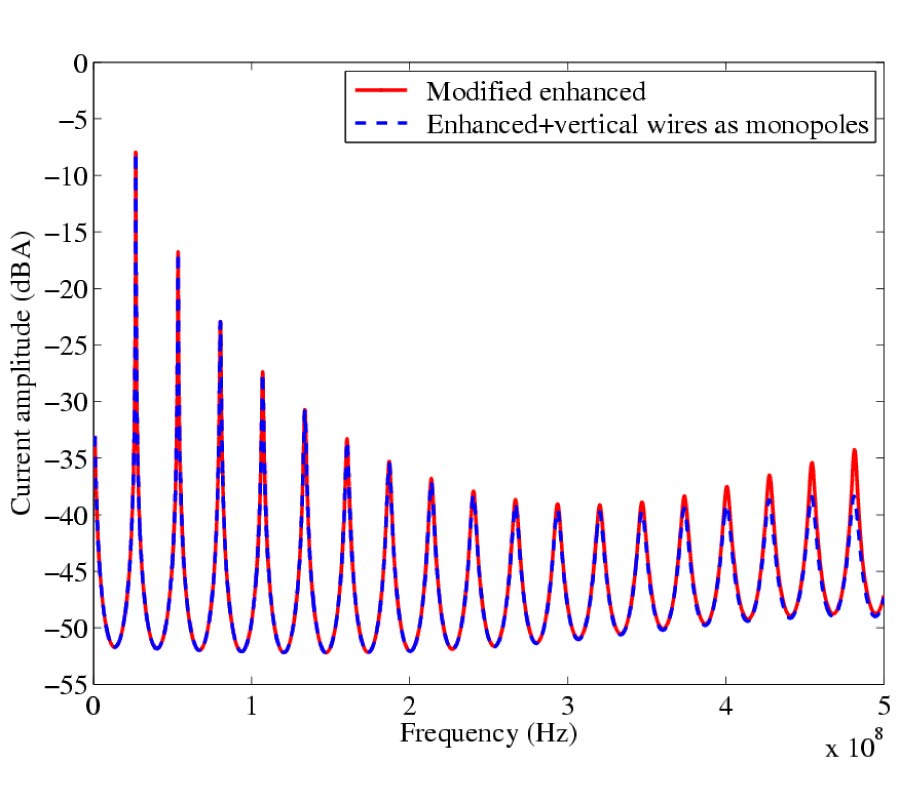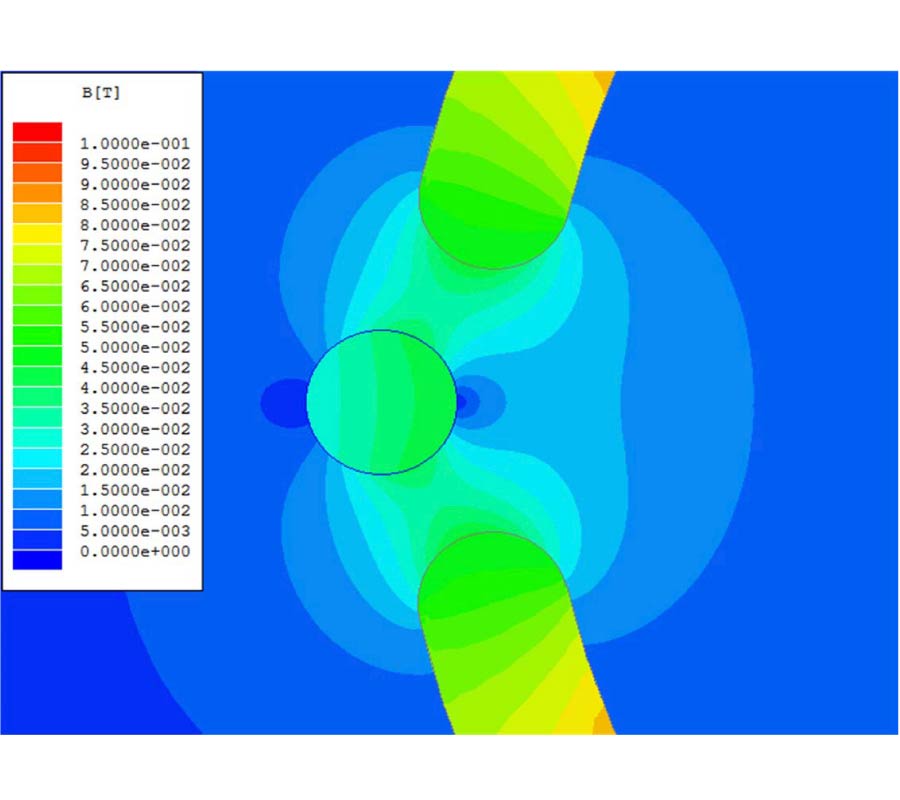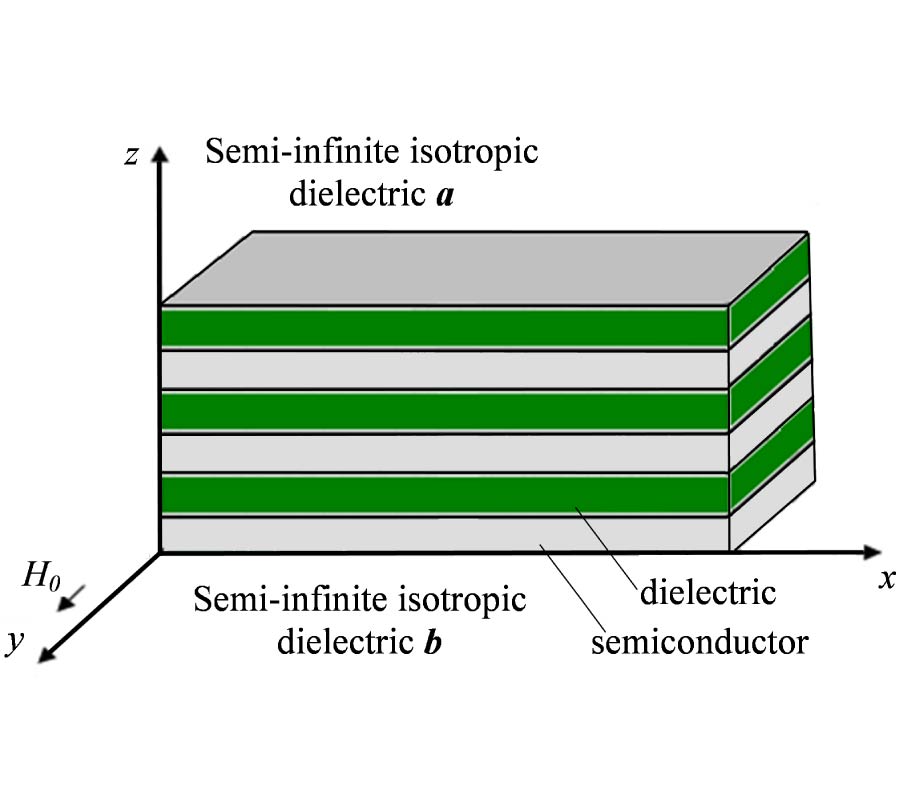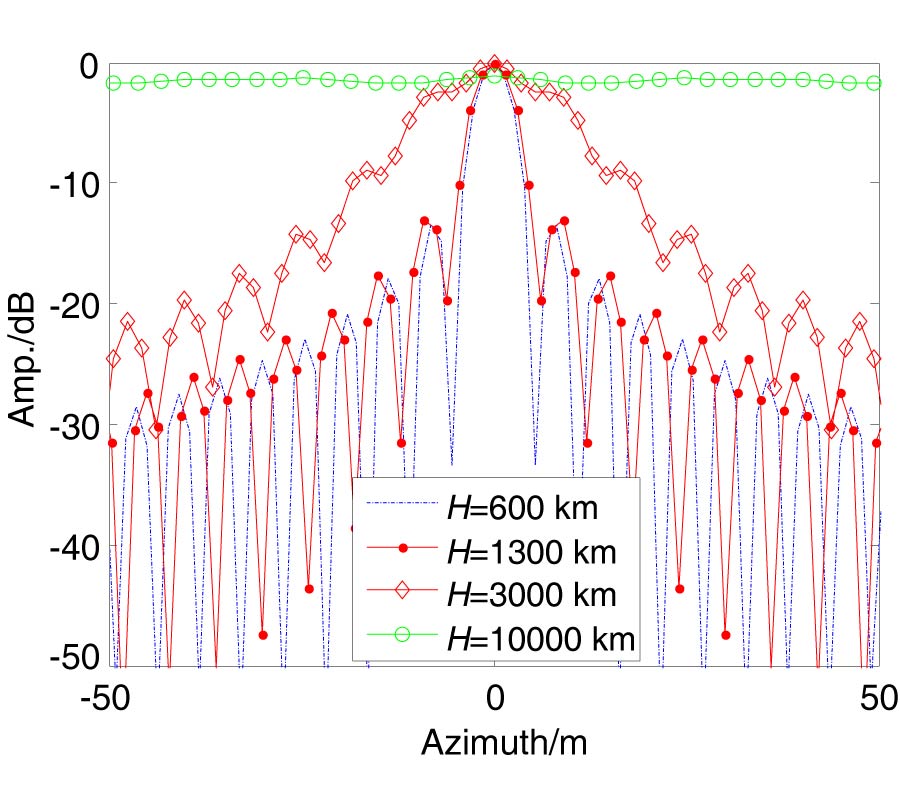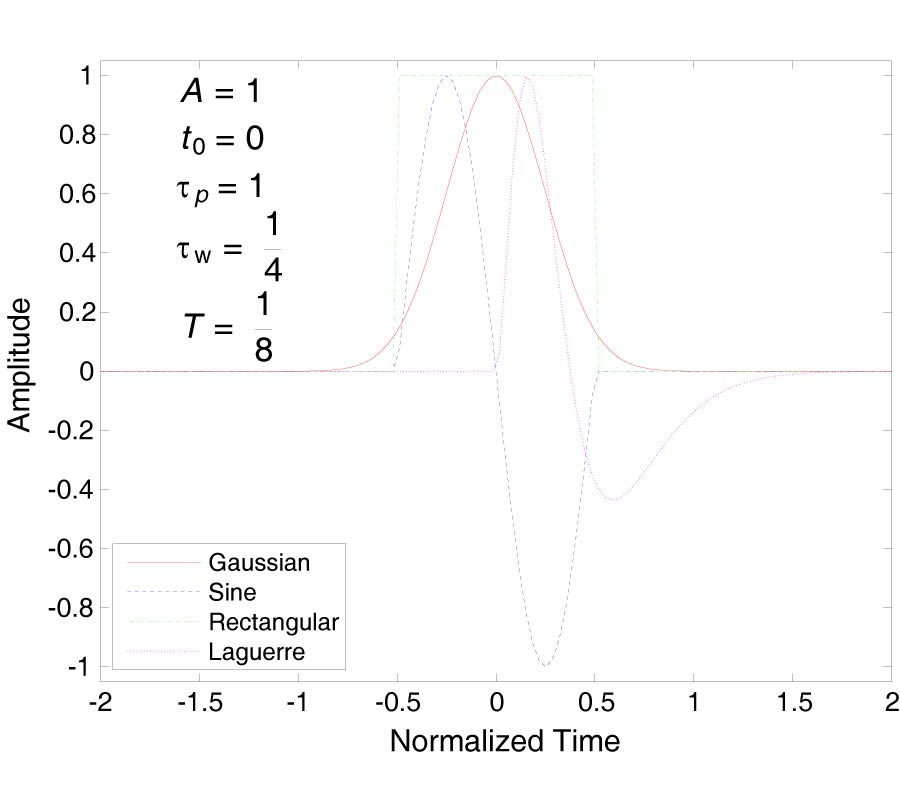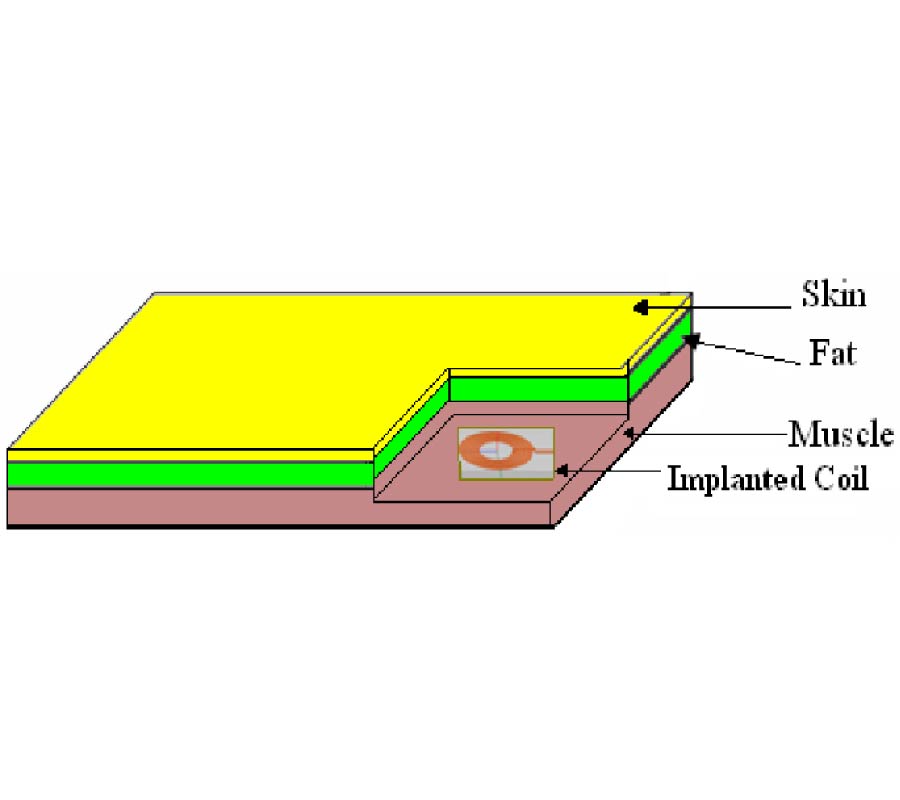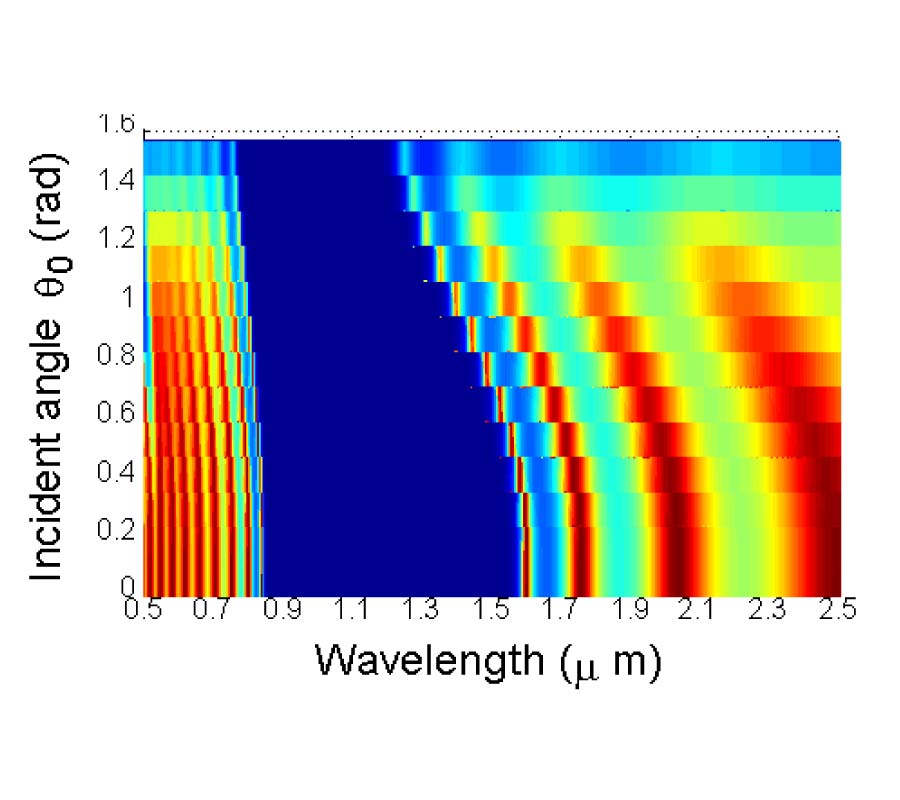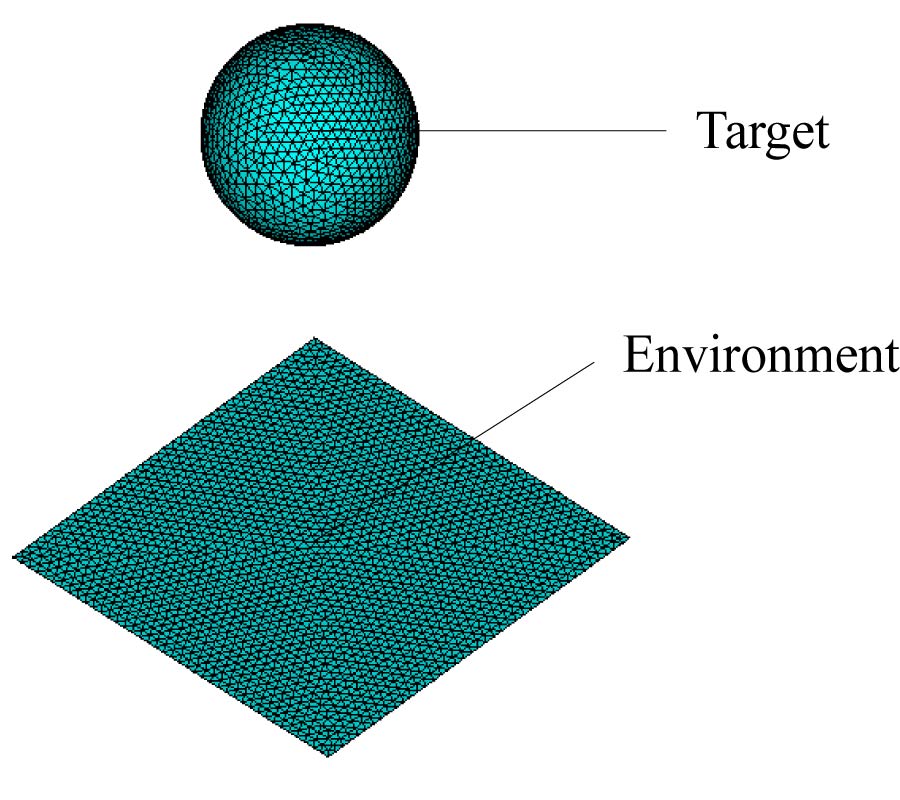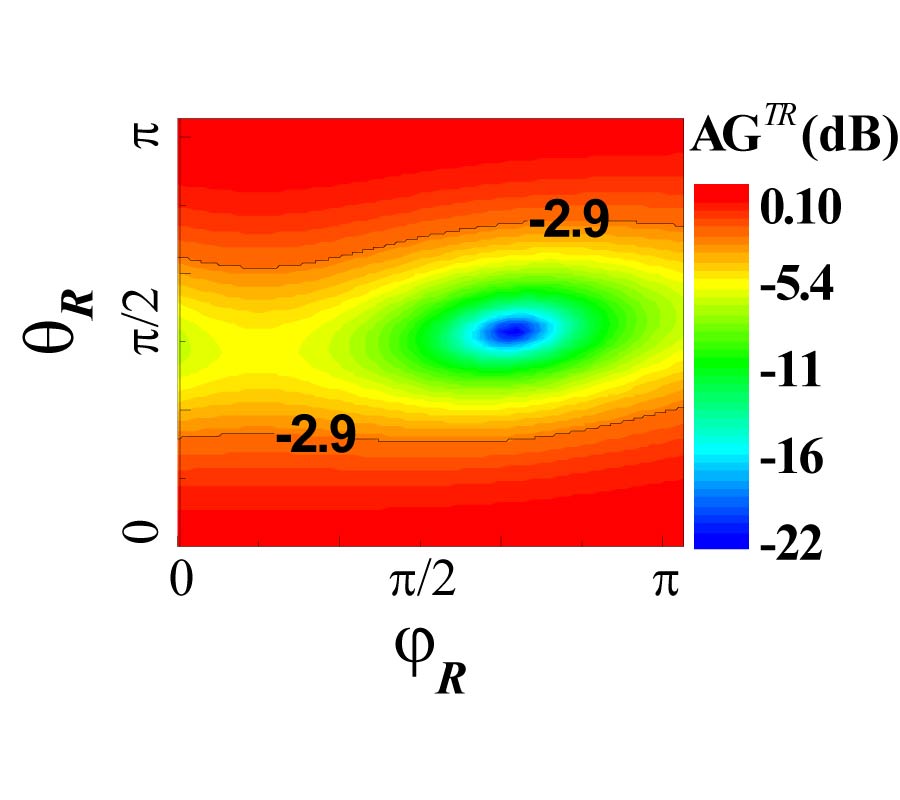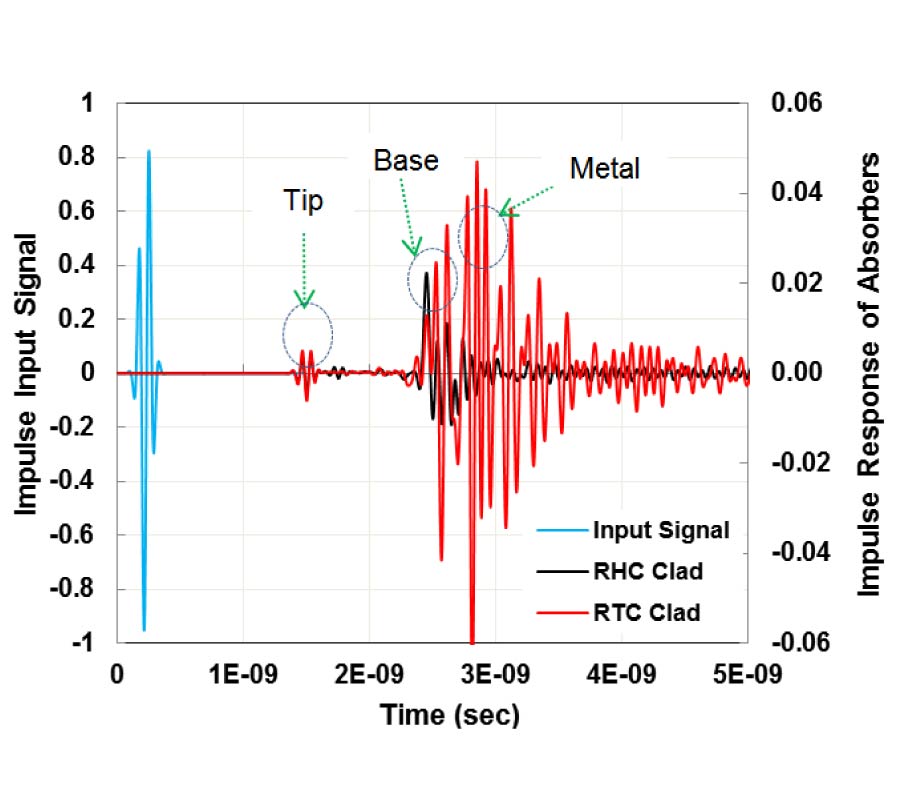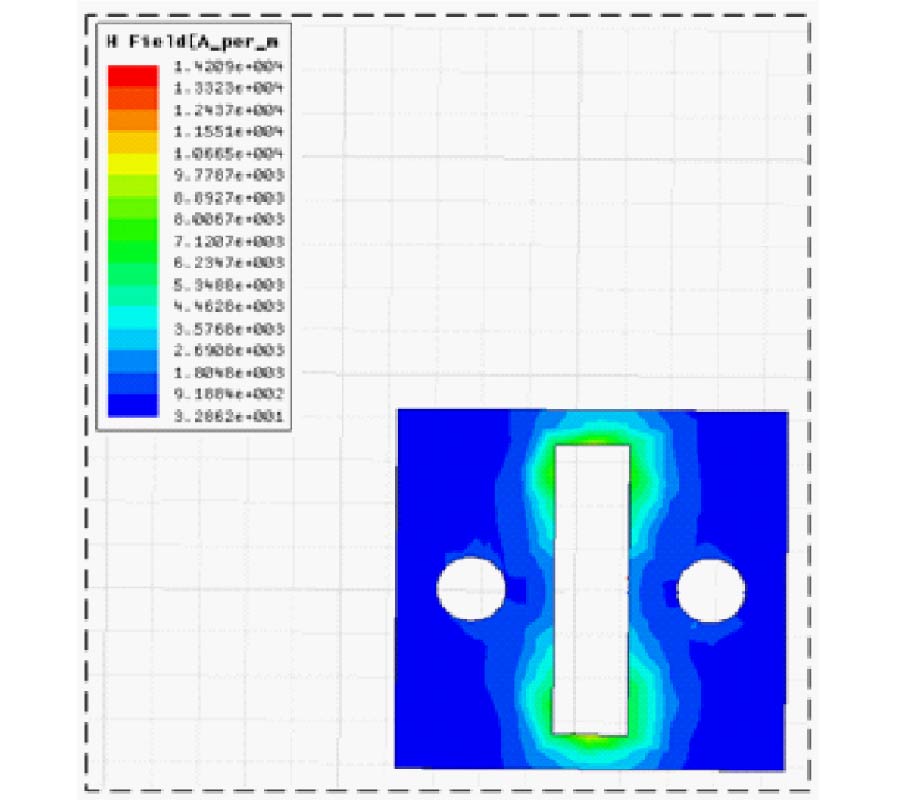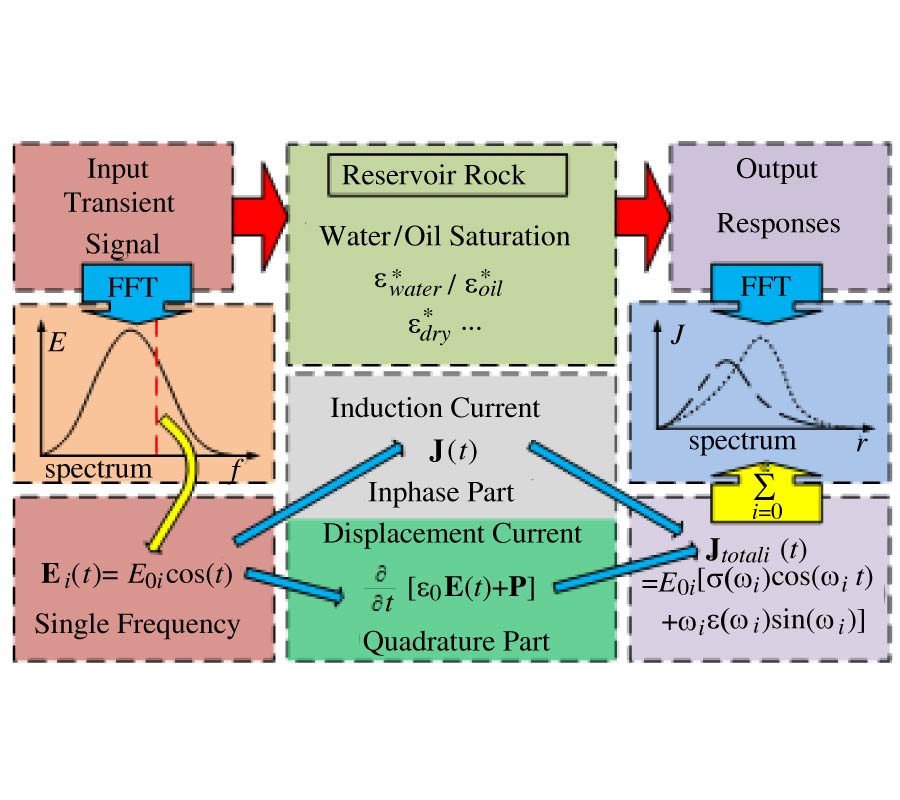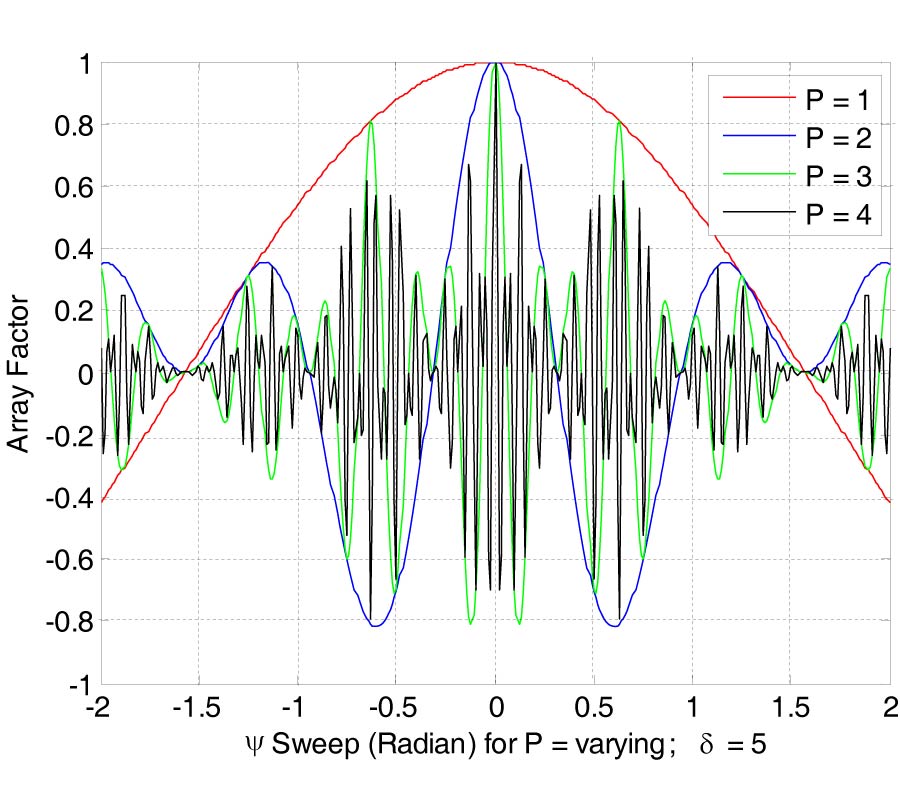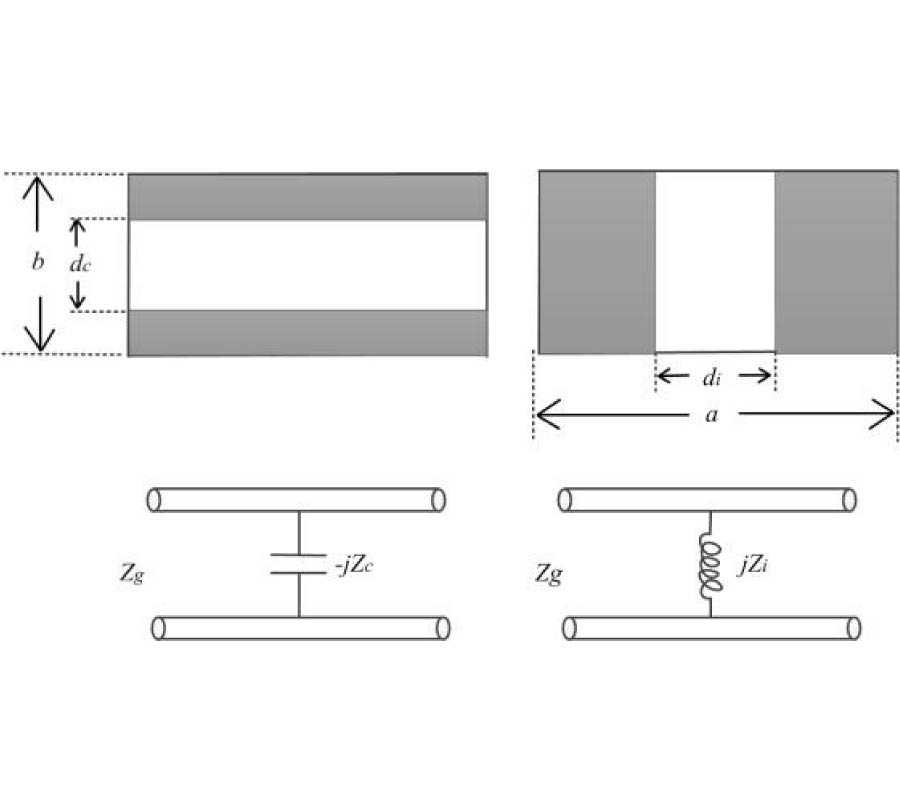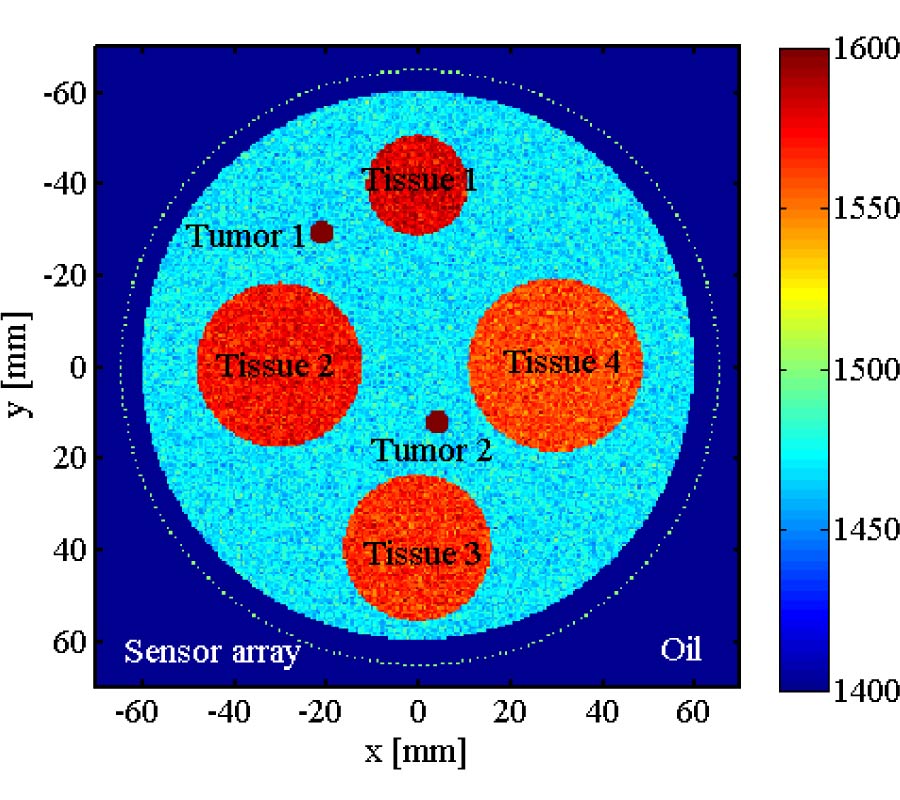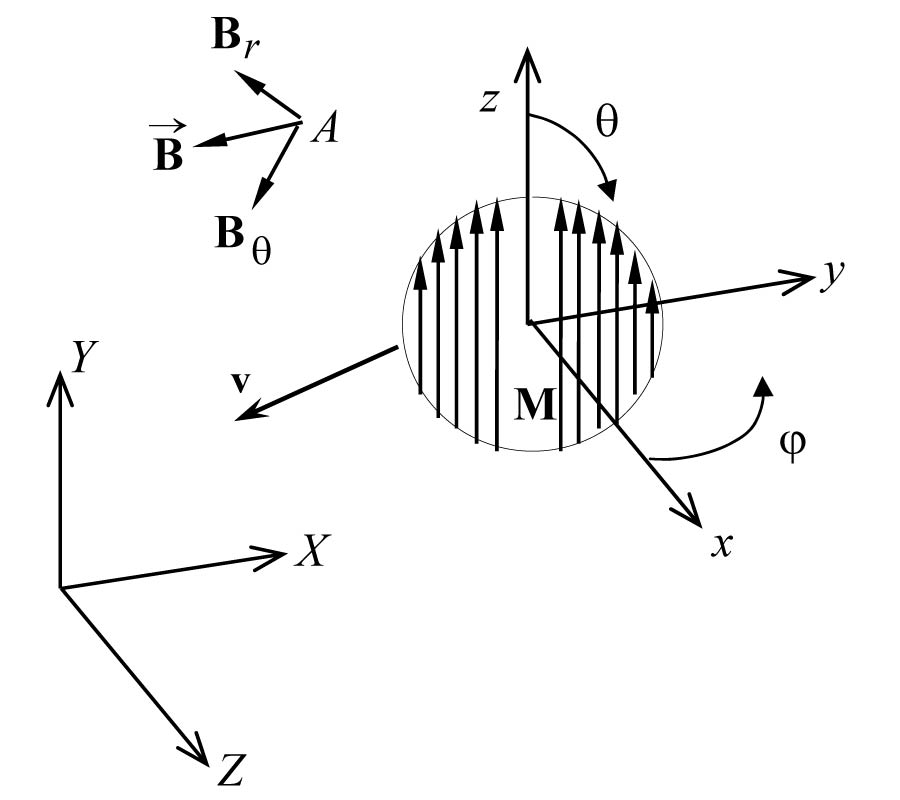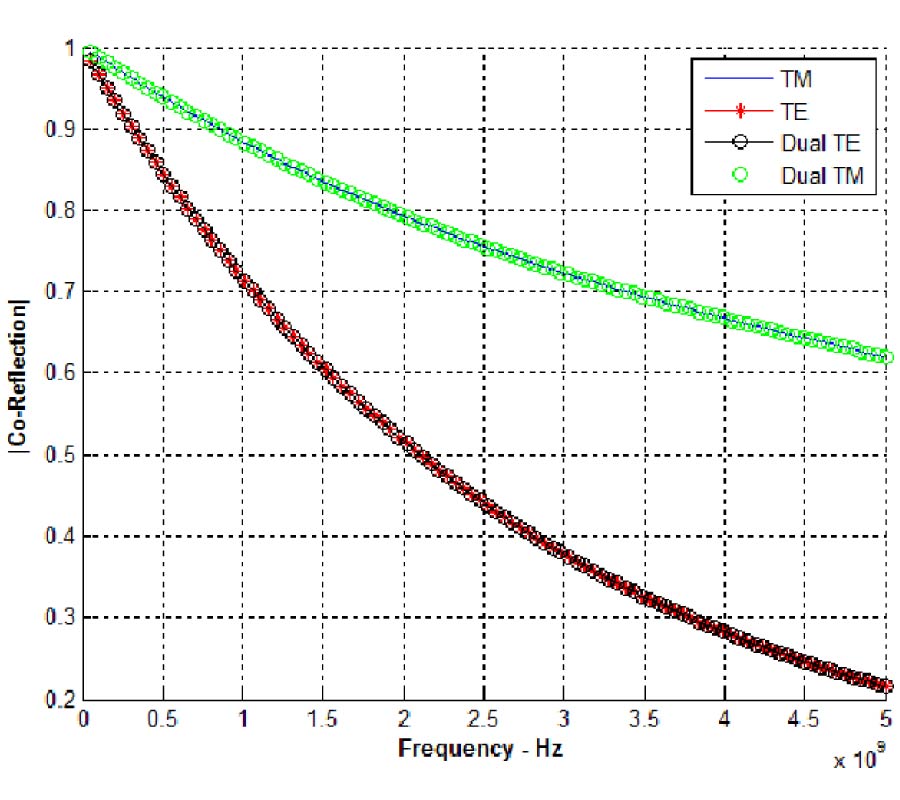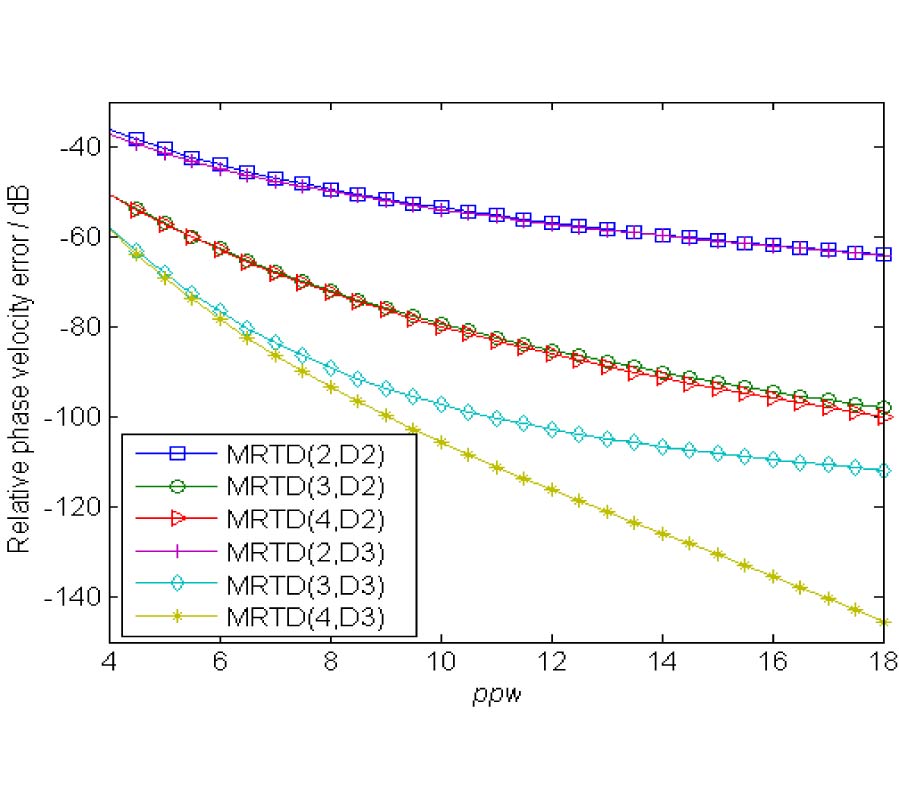A Simple Technique for Improving the Anechoic Performance of a Pyramidal Absorber
Muhammad Nadeem Iqbal,
Mohd Fareq Bin Abd Malek,
Yeng Seng Lee,
Liyana Zahid,
Muhammad Iqbal Hussain,
Mohd Fariz bin Haji Abd Malek,
Nur Fairuz Mohamed Yusof,
Norshafinash Saudin and
Noor Anida Abu Talib
In this paper, we propose a very simple technique that offers an extra degree of freedom to optimize the design of a tire dust-based absorber with reduced height. Cladding is a technique that is used to enhance the surface properties of a part, and it has been used in many applications for many years. In this technique, a clad layer is created on the core material, and the composition of the clad layer is adjusted to enhance the performance of the core material. We use a rice husk-clad layer to enhance the impedance matching characteristics of the low-loss, tire-dust core, microwave absorber. The overall design is a two-layer, geometrically-tapered, pyramidal structure composed of two lossy waste materials. Our main goal was to make the front surface less reflective (impedance matched), hence the material of the outer layer (clad) of the absorber was selected on the basis of the analysis of the dielectric properties of the candidate materials. Optimum thickness of the clad was obtained by using CST simulation software and found to be 12 mm, for which a reflectivity performance of less than -20 dB was achieved in the frequency range of 4 to 20 GHz. The results were found to be better than those provided by an earlier design of the absorber, which was composed of a mixture of tire dust and rice husks.
